morePlatz
architecture / urbanism / art / office / publications / contact deutsch
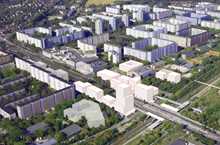 |
|
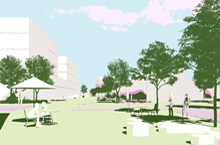 |
|
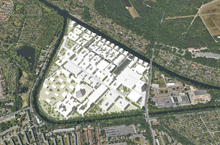 |
|
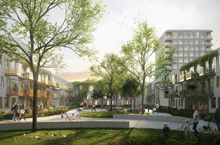 |
|
 |
|
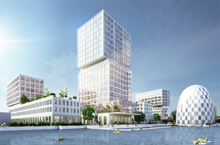 |
Hamburg Innovation Port |
 |
Neuperlach München |
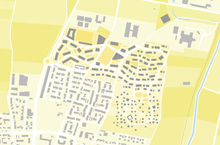 |
|
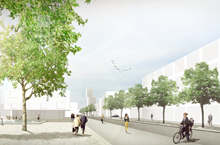 |
|
 |
|
 |
|
|
||||||
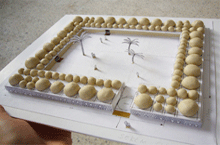 |
|
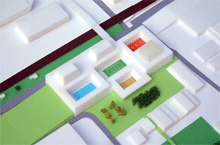 |
|
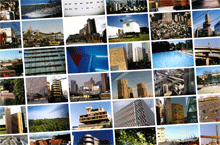 |
|
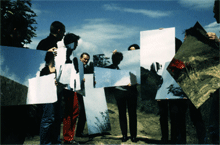 |
|
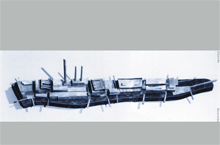 |
|
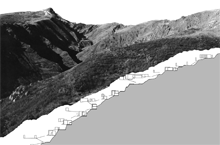 |
|
| morePlatz |
|||||||||||||||||||||||||||||||||||||||||||||||||||||||||||||||||||||||||||||||||||||||||||||||||||
|
|||||||||||||||||||||||||||||||||||||||||||||||||||||||||||||||||||||||||||||||||||||||||||||||||||
|
|||||||||||||||||||||||||||||||||||||||||||||||||||||||||||||||||||||||||||||||||||||||||||||||||||
| morePlatz / Westhafenstrasse 1 / D - 13353 Berlin / +49 - (0)30 - 2509 6279 / office@moreplatz.com / www.moreplatz.com | © 2023 All Rights Reserved | ||||||||||||||||||||||||||||||||||||||||||||||||||||||||||||||||||||||||||||||||||||||||||||||||||